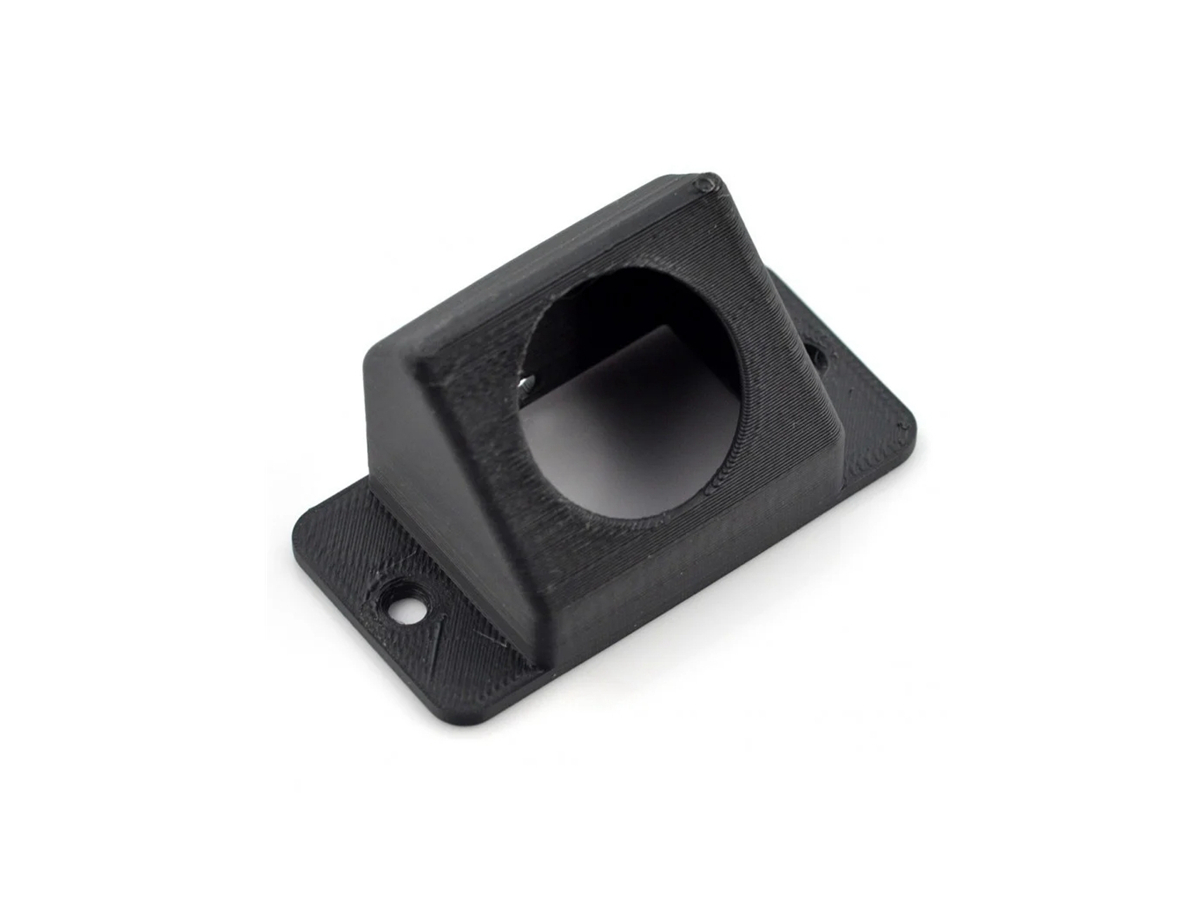Precision In Motion With Custom Plastic Sensor Housings Advancing Robotics Development
Introduction
Plastic 3D printing accelerates robotics development by delivering custom, lightweight, and highly precise sensor housings that protect sensitive electronics and optimize system integration. Using advanced plastic 3D printing technologies such as Multi Jet Fusion (MJF), Fused Deposition Modeling (FDM), and Stereolithography (SLA), resilient plastic materials like Nylon (PA), PETG, and Polycarbonate (PC) deliver superior mechanical strength, thermal stability, and precision essential for next-generation robotic systems.
Compared to traditional injection molding or machining, plastic 3D printing for robotics sensor housings enables rapid customization, complex geometry realization, and reduced time-to-market for robotic innovation.
Applicable Material Matrix
Material | Tensile Strength (MPa) | Thermal Resistance (°C) | Surface Finish | Impact Resistance | Sensor Housing Suitability |
|---|---|---|---|---|---|
50–80 | ~120 | Very Good | High | Lightweight flexible sensor enclosures | |
45–50 | ~70–80 | Excellent | Moderate | Transparent or semi-rigid housings | |
60–70 | ~130–140 | Excellent | Very High | Impact-resistant protective shells | |
30–50 | ~95 | Good | Moderate | General-purpose robotic housings | |
10–15 | ~50–60 | Very Good | Very High | Flexible covers for dynamic sensors |
Material Selection Guide
Nylon (PA): Durable, lightweight, and wear-resistant, Nylon is ideal for compact sensor housings and robotic arm-mounted enclosures requiring flexibility and strength.
PETG: Provides good chemical resistance, moderate flexibility, and transparency options, making it suitable for optical sensors, camera covers, and semi-rigid sensor mounts.
Polycarbonate (PC): Offering outstanding impact resistance and thermal stability, PC is the best choice for heavy-duty sensor covers exposed to harsh industrial or field conditions.
ABS: Easy to print and mechanically reliable, ABS is ideal for quick-turn general sensor housings where moderate impact and thermal resistance suffice.
Flexible Resin: Allows the fabrication of soft, flexible covers for dynamic sensors requiring movement accommodation, sealing, or shock absorption.
Process Performance Matrix
Attribute | Plastic 3D Printing Performance |
|---|---|
Dimensional Accuracy | ±0.05–0.1 mm |
Surface Roughness (As-Printed) | Ra 5–15 μm |
Layer Thickness | 50–150 μm |
Minimum Wall Thickness | 0.8–1.5 mm |
Feature Size Resolution | 300–600 μm |
Process Selection Guide
Custom-Fitted Sensor Protection: 3D printing allows sensor housings to perfectly match sensor shapes, including mounting points, wiring guides, and cooling vents.
Lightweight Design Optimization: Lattice structures and thin-wall designs minimize weight while maintaining structural protection, which is critical for mobile robots and drones.
Enhanced Assembly Efficiency: Integrated snap-fits, hinges, and fastening features can be directly printed, reducing assembly time and complexity.
Rapid Prototyping and Testing: New sensor configurations can be quickly prototyped and tested without investing in expensive tooling.
Case In-Depth Analysis: Nylon 3D Printed Sensor Mounts for Industrial Robotics
A robotics company needed lightweight, impact-resistant sensor mounts for a new line of autonomous industrial robots. Using our plastic 3D printing service with Nylon (PA), we produced housings that achieved tensile strength around 70 MPa, with dimensional tolerances within ±0.1 mm—integrated cable routing channels, shock-absorbing mounts, and modular designs streamlined sensor installation and maintenance. Post-processing included surface smoothing and dyeing to match corporate branding and environmental resistance standards.
Industry Applications
Robotics and Automation
Sensor enclosures for robotic arms and mobile robots.
Protective covers for LIDAR, cameras, and force sensors.
Flexible housings for tactile sensing systems.
Industrial Automation
Housing solutions for process control sensors and monitoring equipment.
Rugged covers for machine vision systems.
Aerospace and Drones
Lightweight, aerodynamic sensor pods for UAVs and drone platforms.
Thermal-resistant enclosures for aerospace sensor electronics.
Mainstream 3D Printing Technology Types for Plastic Sensor Housings
Multi Jet Fusion (MJF): Best for strong, fine-featured, and consistent plastic sensor housings.
Fused Deposition Modeling (FDM): Ideal for cost-effective prototyping and robust sensor casing production.
Stereolithography (SLA): Suitable for ultra-detailed, high-finish sensor housings used in lightweight or aesthetic-critical applications.
FAQs
What plastic materials are best for 3D printed robotic sensor housings?
How does plastic 3D printing improve durability and integration in robotics sensors?
What post-processing options enhance the appearance and performance of sensor housings?
Can 3D printed sensor enclosures withstand industrial and field environments?
How does 3D printing accelerate prototyping and customization of sensor mounts for robotics?

